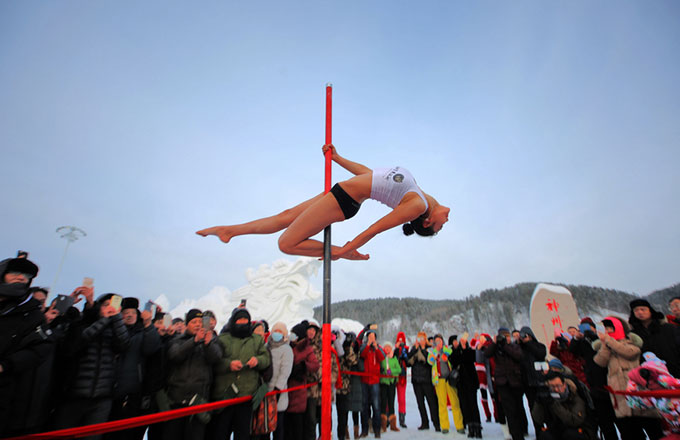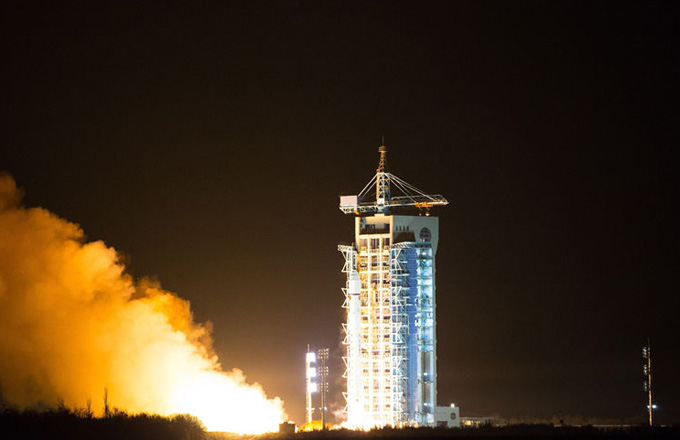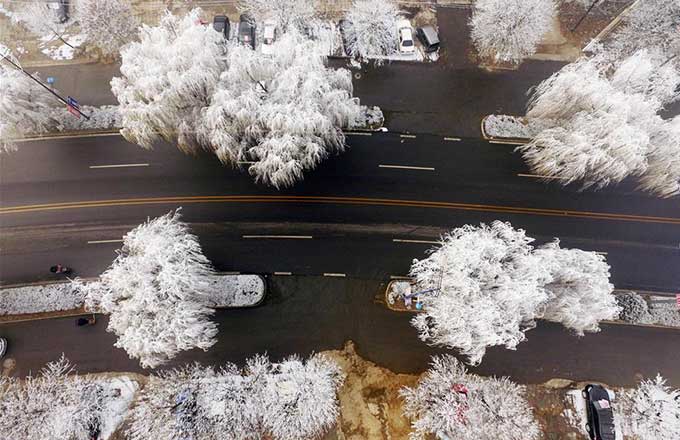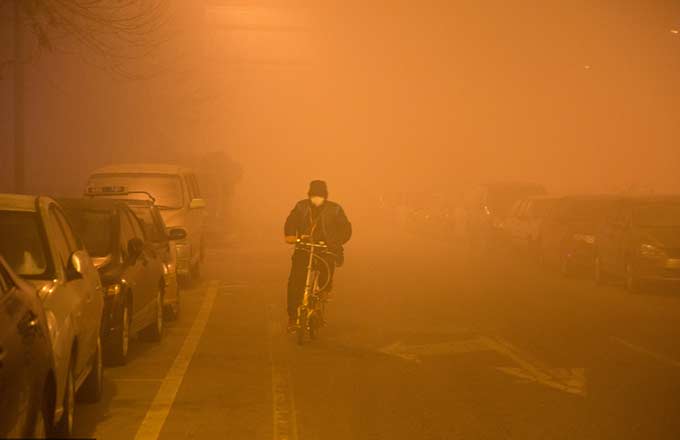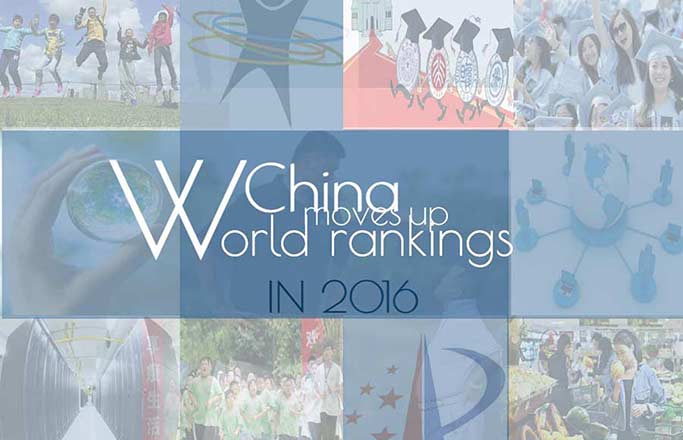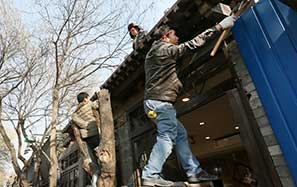Joint efforts needed on pollution: expert
Joint efforts by neighboring areas, and coordinated control measures, are needed to treat environmental pollution, according to Wu Dui, a haze expert in Guangdong province.
Measures taken by the Guangzhou city authorities since 2005 to tackle pollution have proved effective.
The Beijing and Tianjin municipalities, Hebei province and the Yangtze River Delta region can learn from the experience of Guangzhou, Wu said in an interview on the Guangzhou city government's micro blog on Tuesday.
PM2.5 — particulate matter smaller than 2.5 micrometers, which can enter the lungs and bloodstreams, poisoning them — and ozone have become regional pollutants.
Cities in the Pearl River Delta coordinated by the Guangdong provincial department of environmental protection are stepping up joint efforts in preventing and controlling these pollutants, said Feng Bin, an official with Guangzhou Environmental Protection Bureau.
Readings at air monitoring stations indicate the overall air quality in a region, affected not only by emissions around the station but increasingly those transmitted within a region and the meteorological conditions, said Huang Zuzhao, deputy chief of the Guangzhou Environmental Monitoring Central Station.
Feng said PM2.5 readings in Guangzhou will fall by 7 percent by 2016 compared with levels in 2010 and meet the standard no later than 2025, according to the city's environmental protection plan.
- China uses PM 2.5 in weather alert system
- 74 Chinese cities release real-time PM2.5 data
- Heavily polluted Lanzhou city to publish PM2.5 data
- PM2.5 kills thousands, researchers say
- High concentration of PM 2.5 in Beijing's air
- Beijing releases complete data of PM2.5
- Beijing to finish PM2.5 network by end of Sept
- Beijing releases real-time PM2.5 data




